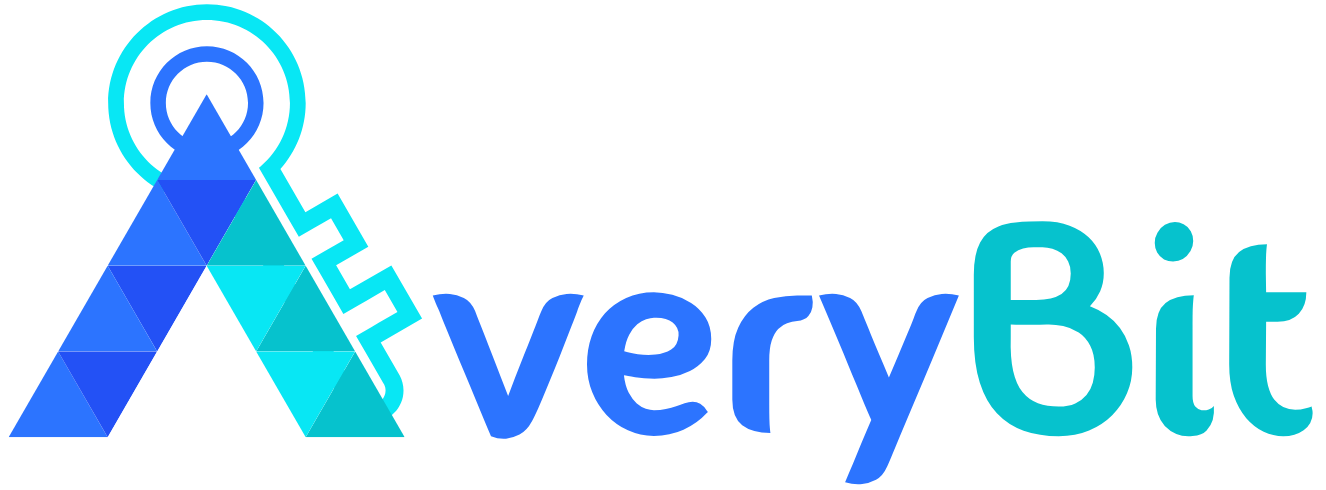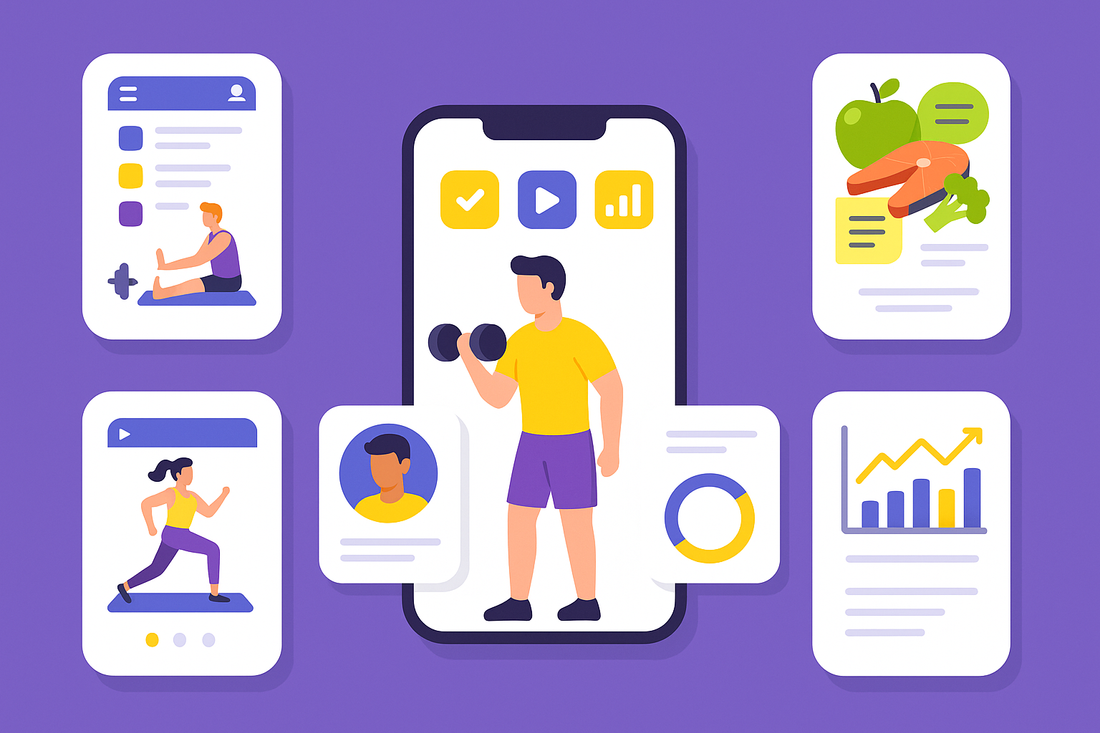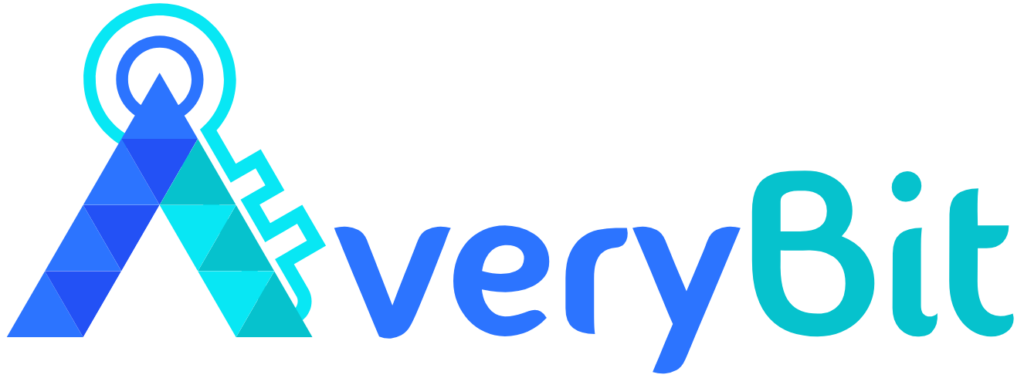In the mobile app development industry, Android app development has become a popular term. With more than 3 billion people using smartphones, there is a growing need for mobile apps and a tremendous increase in their development. Android application development frameworks are the full set of tools, libraries, and guidelines for creating Android apps in a specific way that helps developers create more feature-rich applications more quickly. By using pre-built components or standard methods, they serve as shortcuts that enable you to accelerate development.
However, there are a ton of frameworks available. How can you determine which one offers best practices relevant to your particular specialization in Android app development? Don’t worry—we’ve done all the research. This post will assist you in selecting the best Android app development framework that satisfies all of your needs.
The Best 5 Android Application Development Frameworks
React Native
Facebook developed the cross-platform, open-source React Native framework in 2015; since then, it has gained particular traction as an Android framework. With just JavaScript, CSS, and React, you can create native mobile apps with the React Native framework. It can be used to create Web, UWP, iOS, and Android applications. React Native can be the best combination for Android app development since it requires developers to create the code only once. The same codes can later be utilized to create iOS apps as well. React Native has a sizable developer community and an extensive library of third-party libraries and tools because of its widespread use. The framework is used to build native mobile apps by a large number of Fortune 500 companies and notable companies including Instagram, Walmart, Airbnb, and Tesla.
Flutter
Google released Flutter, an open-source software development kit (SDK), in 2017. With its modular and declarative design, Flutter enables developers to create stunning user interfaces that function surprisingly well across iOS, Android, and the web. It is meant to facilitate cross-platform development and is created in the Dart programming language. Flutter is a great testing framework that enables developers to test their applications’ UI, functionality, and units. Additionally, Flutter has the best hot-reload abilities in the industry, allowing testing to go smoothly without having to restart the program. The SDK offers developers access to hundreds of pre-made or bespoke layouts, visual, platform, and interactive widgets. Some of the apps that were developed with the Flutter framework are GoogleAds, KlasterMe, Hamilton, and Postmuse.
Ionic
Ionic is an open-source Android framework that is very well known. Its purpose is to create Progressive Web Applications (PWAs) and hybrid apps. The ability for programmers to use different UI components in the application framework—such as filters, inputs, views, simple navigation, and actions sheets—is the most notable feature of Ionic. JavaScript, HTML5, and CSS3 are the main building blocks that developers can use to create sophisticated hybrid apps. React JS and Angular are two other platforms with which the Ionic framework may be easily integrated to develop the UI and core logic.
Xamarin
Microsoft owns Xamarin, which was founded in 2011 and is among the oldest frameworks for developing Android apps. Xamarin is a cross-platform development framework that can be used to create Android and iOS applications. It enables C# code developers to produce code that can be compiled into native Windows, iOS, and Android applications. This implies that business logic can be shared among many mobile platforms. The framework not only provides businesses with apps that deliver exceptional user experiences and native performance, but it also gives developers the ability to create a back-end ecosystem with components, APIs, and other tools. Xamarin Android Framework was used in the development of several apps, including Olo, Insightly, Just Giving, Storyo, and The World Bank.
NativeScript
NativeScript is an open-source framework that enables programmers to build native mobile apps using Angular, TypeScript, and Vue. It’s considered to be among the top frameworks for creating hybrid applications. Using a single codebase, it generates native platform user interfaces. The Bulgarian company “Telerik” developed it. NativeScript is a top choice for designing a slick user interface because it integrates a portion of CSS with JavaScript. Businesses across a variety of industries, including retail, banking, agriculture, and communication, are implementing NativeScript.
Conclusion
Choosing the correct framework is critical to streamlining your Android development process. The frameworks that are emphasized in this article will not only increase efficiency but also make it easier to create robust apps. To improve your mobile development process and provide outstanding user experiences in 2024, adopt these tools.














